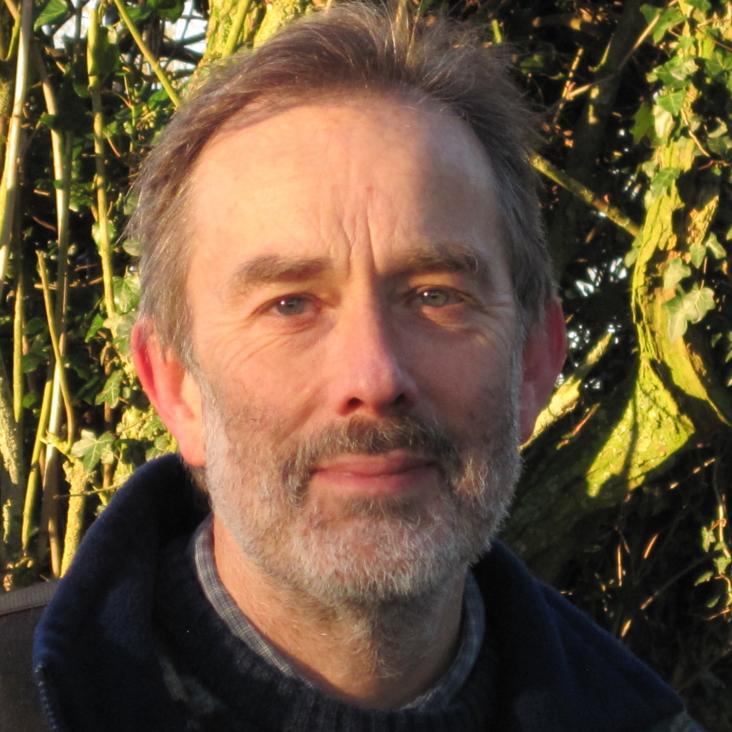Spin freezing in geometrically frustrated antiferromagnets with weak disorder.
Phys Rev Lett 98:15 (2007) 157201
Abstract:
We investigate the consequences for geometrically frustrated antiferromagnets of weak disorder in the strength of exchange interactions. Taking as a model the classical Heisenberg antiferromagnet with nearest neighbor exchange on the pyrochlore lattice, we examine low-temperature behavior. We show that spatial modulation of exchange generates long-range effective interactions within the extensively degenerate ground states of the clean system. Using Monte Carlo simulations, we find a spin glass transition at a temperature set by the disorder strength. Disorder of this type, which is generated by random strains in the presence of magnetoelastic coupling, may account for the spin freezing observed in many geometrically frustrated magnets.Decoherence and interactions in an electronic Mach-Zehnder interferometer
ArXiv cond-mat/0703162 (2007)
Abstract:
We develop a theoretical description of a Mach-Zehnder interferometer built from integer quantum Hall edge states, with an emphasis on how electron-electron interactions produce decoherence. We calculate the visibility of interference fringes and noise power, as a function of bias voltage and of temperature. Interactions are treated exactly, by using bosonization and considering edge states that are only weakly coupled via tunneling at the interferometer beam-splitters. In this weak-tunneling limit, we show that the bias-dependence of Aharonov-Bohm oscillations in source-drain conductance and noise power provides a direct measure of the one-electron correlation function for an isolated quantum Hall edge state. We find the asymptotic form of this correlation function for systems with either short-range interactions or unscreened Coulomb interactions, extracting a dephasing length $\ell_{\phi}$ that varies with temperature $T$ as $\ell_{\phi} \propto T^{-3}$ in the first case and as $\ell_{\phi} \propto T^{-1} \ln^2(T)$ in the second case.Density of quasiparticle states for a two-dimensional disordered system: Metallic, insulating, and critical behavior in the class D thermal quantum Hall effect
ArXiv cond-mat/0610700 (2006)
Abstract:
We investigate numerically the quasiparticle density of states $\varrho(E)$ for a two-dimensional, disordered superconductor in which both time-reversal and spin-rotation symmetry are broken. As a generic single-particle description of this class of systems (symmetry class D), we use the Cho-Fisher version of the network model. This has three phases: a thermal insulator, a thermal metal, and a quantized thermal Hall conductor. In the thermal metal we find a logarithmic divergence in $\varrho(E)$ as $E\to 0$, as predicted from sigma model calculations. Finite size effects lead to superimposed oscillations, as expected from random matrix theory. In the thermal insulator and quantized thermal Hall conductor, we find that $\varrho(E)$ is finite at E=0. At the plateau transition between these phases, $\varrho(E)$ decreases towards zero as $|E|$ is reduced, in line with the result $\varrho(E) \sim |E|\ln(1/|E|)$ derived from calculations for Dirac fermions with random mass.Spin textures and random fields in dirty quantum hall ferromagnets
INT J MOD PHYS B 20:19 (2006) 2785-2794
Abstract:
Dirty quantum Hall ferromagnets (QHFMs) provide a setting both for new problems in the theory of magnetism with quenched disorder, and for new realisations of old problems. In the first category, the fact that spin textures in Heisenberg QHFMs carry charge leads to a coupling between charged impurities and magnetic order. This coupling drives a zero-temperature transition between a ferromagnet at low disorder and a spin glass at strong disorder, and controls screening and the nature of excitations in the disorder-dominated ground state. In the second category, random fields coupling linearly to the order parameter appear in some Ising QHFMs, and transport measurements appear to indicate field-induced domain states at low temperature.SPIN TEXTURES AND RANDOM FIELDS IN DIRTY QUANTUM HALL FERROMAGNETS
World Scientific Publishing (2006) 231-240


